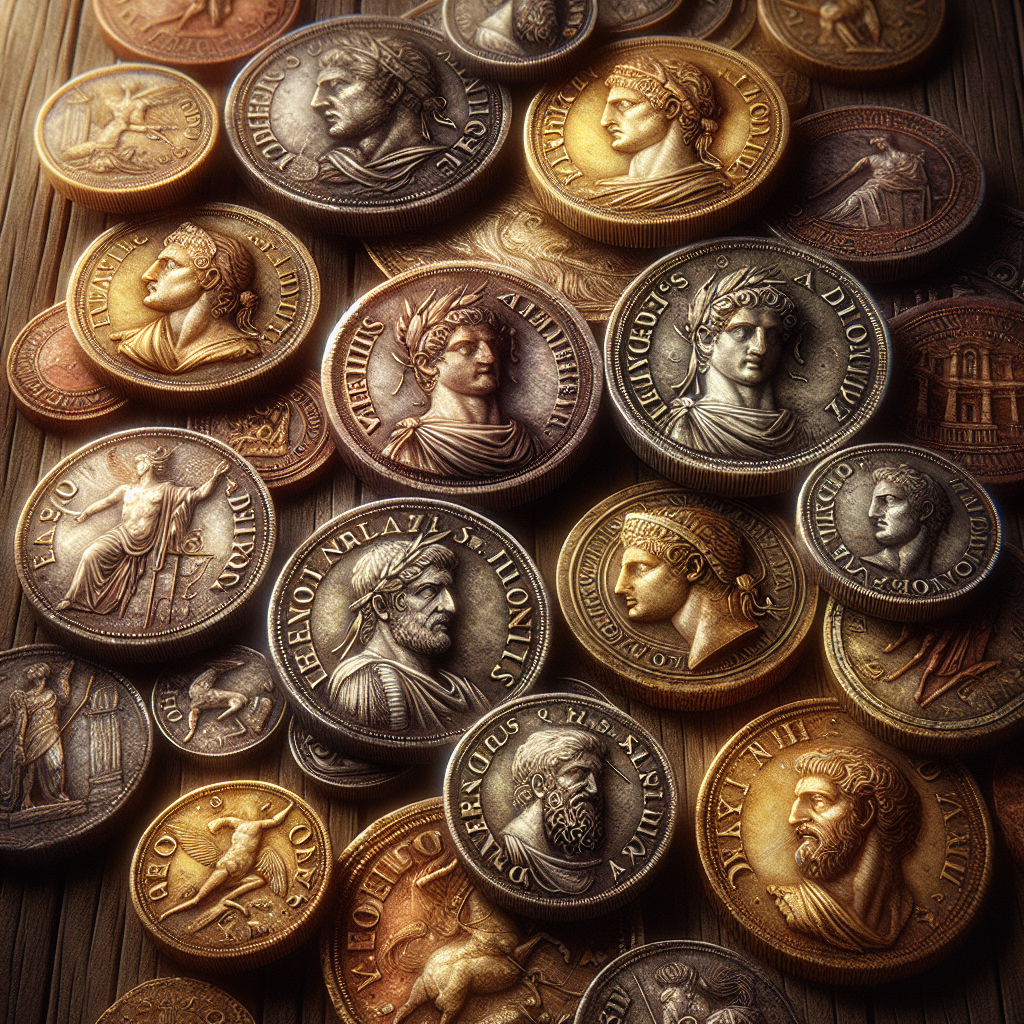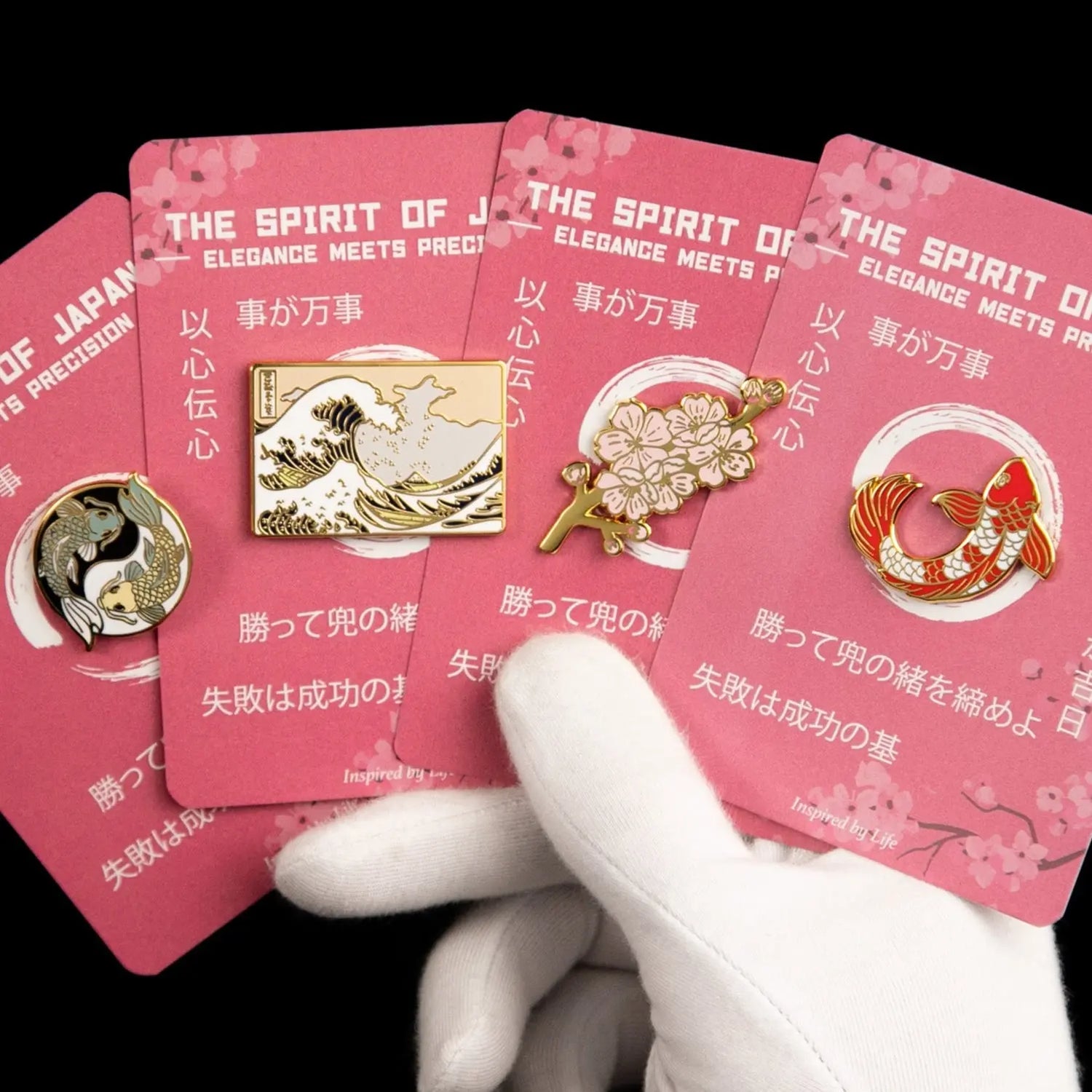
What Were Ancient Roman Coins Called? Unveiling the Currency of an Empire
Imagine holding a coin worn smooth by centuries, its edges rough but its designs still whispering tales of emperors, battles, and bustling marketplaces. Ancient Rome wasn’t just an empire built on stone and sword—it thrived through its currency, each coin a miniature storyteller. So, what were ancient Roman coins called, and why did they matter beyond just buying bread? Let me explain.
The Backbone of Roman Currency: The Denarius
When you picture Roman coins, the denarius probably comes to mind first—and for good reason. Introduced around 211 BC during the Roman Republic, the denarius was a silver coin that quickly became the backbone of the Roman economy. Think of it as the dollar bill of its day, commonly exchanged in markets, paid to soldiers, and saved by families.
But the denarius was more than just money. Each coin bore imprints of Rome’s identity—emblems of gods, victorious generals, or the emperor’s visage. It was both currency and propaganda rolled into one small disk. You could almost hear the chatter of ancient streets, merchants clinking denarii as they hammered out deals.
Gleaming Wealth: The Aureus
If the denarius was common folks’ silver, the aureus was the shining gold crown jewel. This gold coin wasn’t meant for everyday shopping but reserved for big transactions—think military payrolls and grand purchases. The aureus gleamed with authority, reflecting Rome’s wealth and military might.
Worth about 25 denarii, the aureus might seem quaint today, but back then, it was as good as saying “I’ve got the power—and the resources to prove it.” The sparkle of an aureus coin was a reminder of Rome’s influence stretching across continents.
Brass and Bronze in Your Hand: The Sestertius
The sestertius was one of Rome’s most practical coins, fitting comfortably in the hands of everyday citizens. Originally a small silver coin, it later evolved into a large brass or bronze piece—a bit like the pocket change we carry now.
The sestertius was a staple for Roman business. It served as a reliable unit for merchants and officials, bridging the gap between small copper coins and more valuable silver or gold ones. Picture a bustling forum, the heart of commerce and politics, with sellers exchanging sestertii for olives, wine, or pottery.
Smaller but Mighty: The Dupondius and As
Two other notable players in the lineup of Roman coins were the dupondius and as. Made of bronze or copper, these coins were the pennies and nickels of their time—small in value but crucial to daily life.
The as was especially important; it formed the foundation of Roman coinage early on, often stamped with symbols like a ship’s prow or the goddess Roma herself. The dupondius, worth two asses, shared similar imagery but was slightly larger and heavier, making it handy for small deals.
More Than Just Money: Coins as Symbols of Power and Propaganda
Coins in ancient Rome were far from simple cash. Their designs were carefully crafted to send messages—whether praising victorious generals, honoring gods, or reminding the public of the emperor’s divine right to rule. These small metal disks were like ancient billboards, circulating ideas alongside wealth.
As Rome’s economy and political importance grew, so did the symbolism on their coins. From Julius Caesar to Augustus and beyond, Roman coin denominations tell a layered story—not just of wealth but of shifting priorities, triumphs, and challenges faced by the empire.
Why Study Ancient Roman Coins?
You might wonder, why care about these old coins now? Beyond their monetary role, ancient Roman coins are like time capsules. They help historians piece together economic trends, trade routes, and political climates of the past.
Holding or studying a denarius or aureus feels like touching history—the patina on the metal evokes centuries of hands that held it, passed it along, saved it, or lost it. For both history buffs and casual learners, these coins make the past feel close, real, and alive.

Speaking of connecting with Roman heritage, the Roman Gladius Enamel Pin from Signum captures the spirit of the legionary sword, a symbol of Roman valor and legacy. Just as coins are tiny ambassadors of ancient Rome, this pin brings the grandeur of the empire into our daily lives.
The Legacy of Roman Coin Denominations
So, what were ancient Roman coins called? To recap:
- Denarius: The silver workhorse of the Roman Republic and Empire.
- Aureus: The gold standard, gleaming with imperial power.
- Sestertius: The trusty brass/bronze coin for everyday transactions.
- Dupondius & As: Bronze or copper coins, the loose change of Rome’s economy.
Each played a crucial role in shaping Roman economic life, reflecting the needs and ambitions of one of history’s greatest empires. Ancient Rome’s coin denominations weren’t just currency; they were the threads that stitched together society, politics, and culture.
Coins tell stories, don’t they? Each scratch or imprint a whisper from the past. Next time you think about ancient Roman coins, remember—they’re more than metal; they’re messages and memories, carrying weight far beyond their face value.
And if you’d like a small piece of that history with a modern twist, check out the Roman Gladius Enamel Pin from Signum. It echoes the strength and spirit of Rome, much like those coins once did.
Now, doesn’t that make history feel just a little closer?
What were the main types of ancient Roman coins?
The main types of ancient Roman coins were the denarius (silver), aureus (gold), sestertius (brass/bronze), dupondius, and as (bronze or copper).
Why did Roman coins feature symbols and portraits?
Roman coins featured symbols and portraits to convey messages of power, honor victorious generals, honor gods, and reinforce the emperor’s divine right to rule, serving as both currency and propaganda.
How do ancient Roman coins help us today?
Ancient Roman coins act as historical time capsules, helping historians trace economic trends, trade routes, and political climates of the past, making history tangible and vivid.

